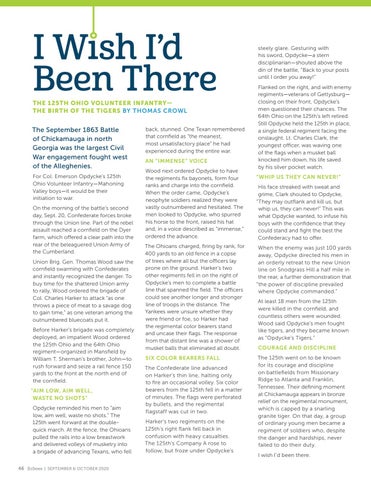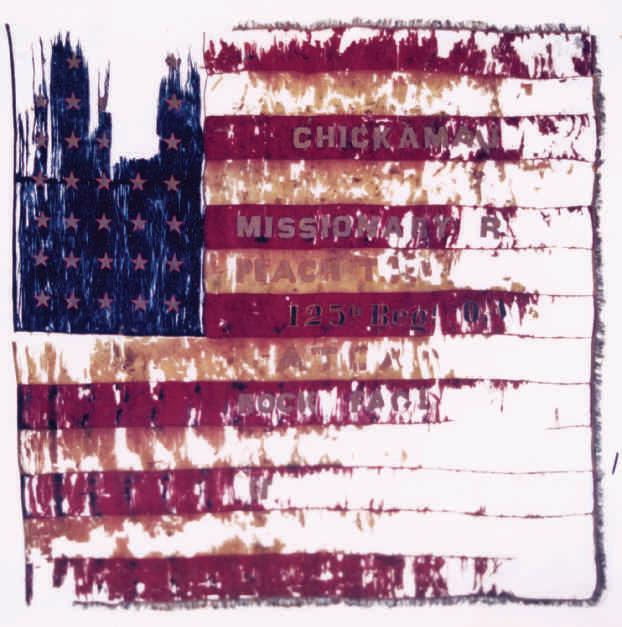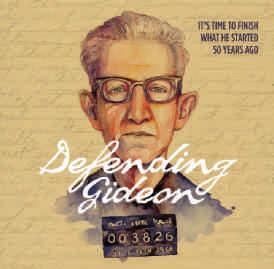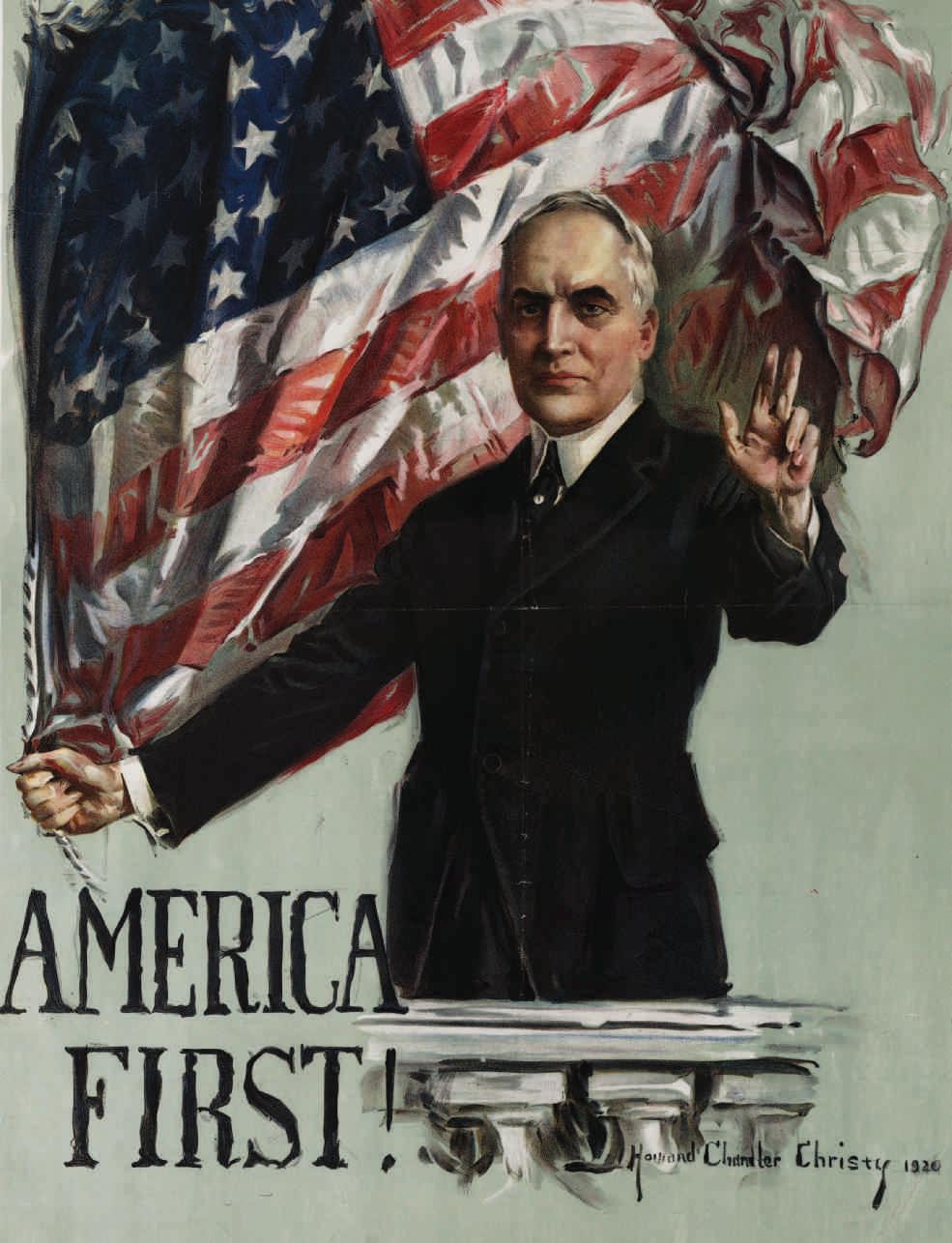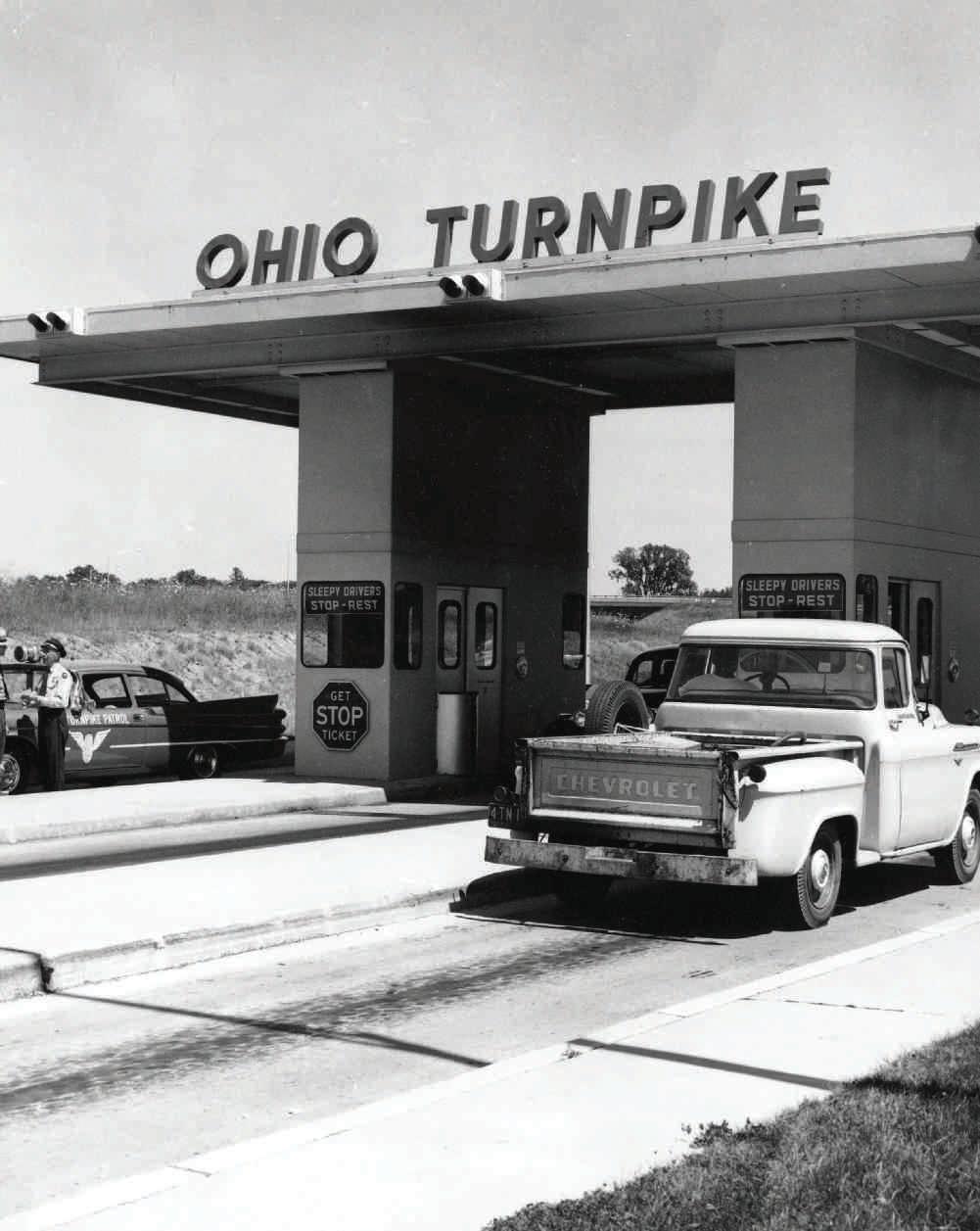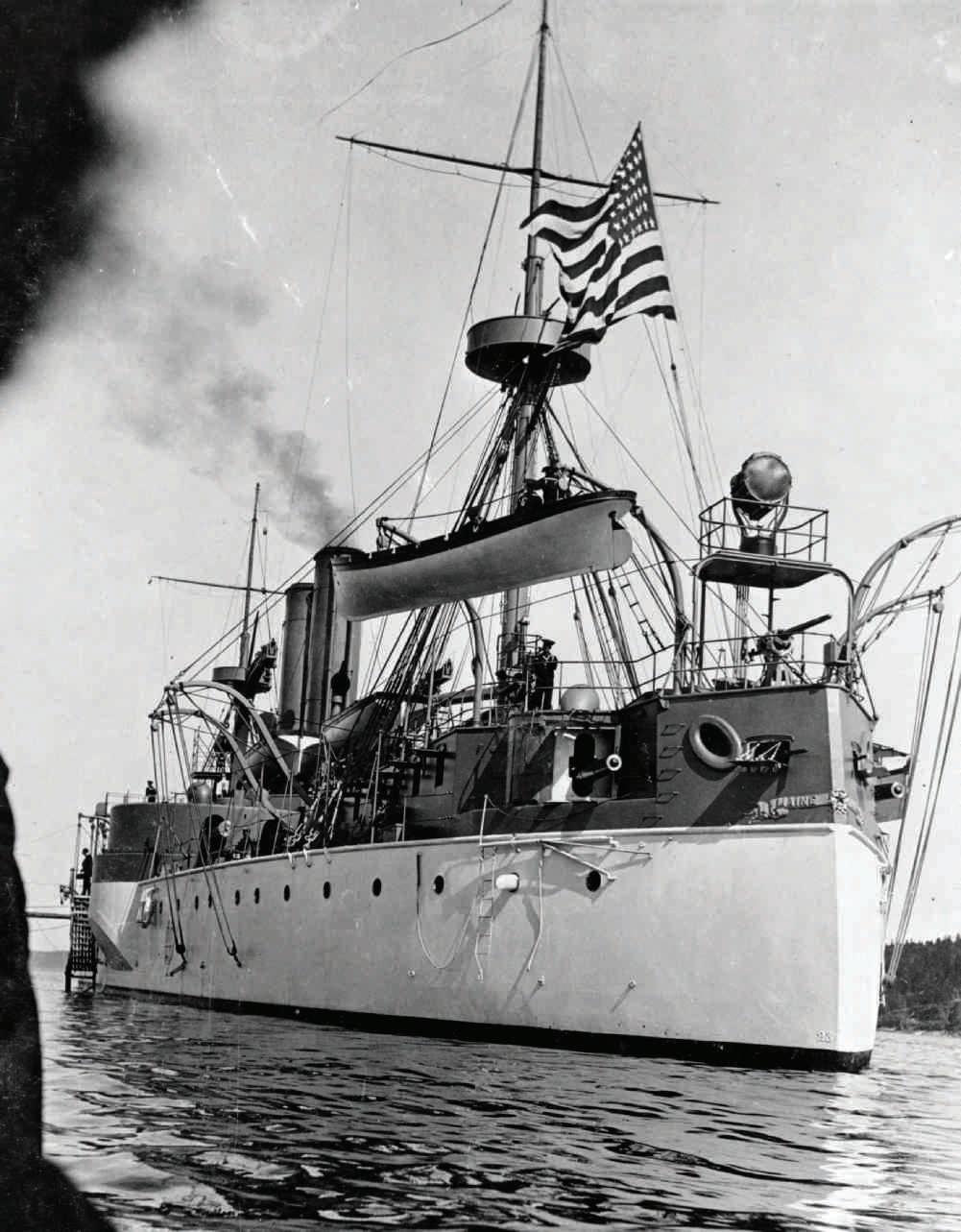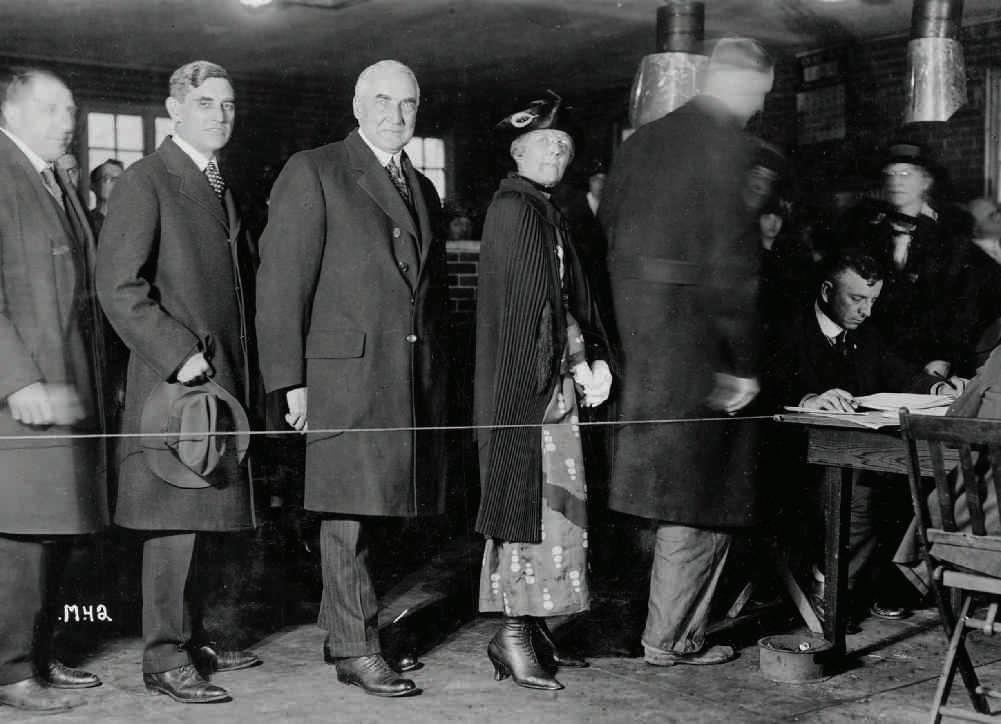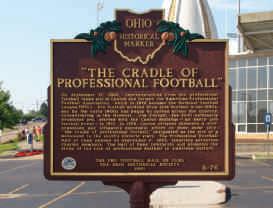I Wish I’d Been There THE 125TH OHIO VOLUNTEER INFANTRY— THE BIRTH OF THE TIGERS BY THOMAS CROWL
The September 1863 Battle of Chickamauga in north Georgia was the largest Civil War engagement fought west of the Alleghenies. For Col. Emerson Opdycke’s 125th Ohio Volunteer Infantry—Mahoning Valley boys—it would be their initiation to war. On the morning of the battle’s second day, Sept. 20, Confederate forces broke through the Union line. Part of the rebel assault reached a cornfield on the Dyer farm, which offered a clear path into the rear of the beleaguered Union Army of the Cumberland. Union Brig. Gen. Thomas Wood saw the cornfield swarming with Confederates and instantly recognized the danger. To buy time for the shattered Union army to rally, Wood ordered the brigade of Col. Charles Harker to attack "as one throws a piece of meat to a savage dog to gain time," as one veteran among the outnumbered bluecoats put it. Before Harker’s brigade was completely deployed, an impatient Wood ordered the 125th Ohio and the 64th Ohio regiment—organized in Mansfield by William T. Sherman’s brother, John—to rush forward and seize a rail fence 150 yards to the front at the north end of the cornfield. “AIM LOW, AIM WELL , WASTE NO SHOTS” Opdycke reminded his men to “aim low, aim well, waste no shots.” The 125th went forward at the doublequick march. At the fence, the Ohioans pulled the rails into a low breastwork and delivered volleys of musketry into a brigade of advancing Texans, who fell 46 Echoes | SEPTEMBER & OCTOBER 2020
back, stunned. One Texan remembered that cornfield as “the meanest, most unsatisfactory place” he had experienced during the entire war. AN “IMMENSE” VOICE Wood next ordered Opdycke to have the regiments fix bayonets, form four ranks and charge into the cornfield. When the order came, Opdycke’s neophyte soldiers realized they were vastly outnumbered and hesitated. The men looked to Opdycke, who spurred his horse to the front, raised his hat and, in a voice described as “immense,” ordered the advance.
steely glare. Gesturing with his sword, Opdycke—a stern disciplinarian—shouted above the din of the battle, “Back to your posts until I order you away!” Flanked on the right, and with enemy regiments—veterans of Gettysburg— closing on their front, Opdycke’s men questioned their chances. The 64th Ohio on the 125th’s left retired. Still Opdycke held the 125th in place, a single federal regiment facing the onslaught. Lt. Charles Clark, the youngest officer, was waving one of the flags when a musket ball knocked him down, his life saved by his silver pocket watch. “WHIP US THEY CAN NEVER!” His face streaked with sweat and grime, Clark shouted to Opdycke, “They may outflank and kill us, but whip us, they can never!” This was what Opdycke wanted, to infuse his boys with the confidence that they could stand and fight the best the Confederacy had to offer.
The Ohioans charged, firing by rank, for 400 yards to an old fence in a copse of trees where all but the officers lay prone on the ground. Harker’s two other regiments fell in on the right of Opdycke’s men to complete a battle line that spanned the field. The officers could see another longer and stronger line of troops in the distance. The Yankees were unsure whether they were friend or foe, so Harker had the regimental color bearers stand and uncase their flags. The response from that distant line was a shower of musket balls that eliminated all doubt.
When the enemy was just 100 yards away, Opdycke directed his men in an orderly retreat to the new Union line on Snodgrass Hill a half mile in the rear, a further demonstration that “the power of discipline prevailed where Opdycke commanded.”
SIX COLOR BEARERS FALL
The 125th went on to be known for its courage and discipline on battlefields from Missionary Ridge to Atlanta and Franklin, Tennessee. Their defining moment at Chickamauga appears in bronze relief on the regimental monument, which is capped by a snarling granite tiger. On that day, a group of ordinary young men became a regiment of soldiers who, despite the danger and hardships, never failed to do their duty.
The Confederate line advanced on Harker’s thin line, halting only to fire an occasional volley. Six color bearers from the 125th fell in a matter of minutes. The flags were perforated by bullets, and the regimental flagstaff was cut in two. Harker’s two regiments on the 125th’s right flank fell back in confusion with heavy casualties. The 125th’s Company A rose to follow, but froze under Opdycke’s
At least 18 men from the 125th were killed in the cornfield, and countless others were wounded. Wood said Opdycke’s men fought like tigers, and they became known as “Opdycke’s Tigers.” COURAGE AND DISCIPLINE
I wish I’d been there.
